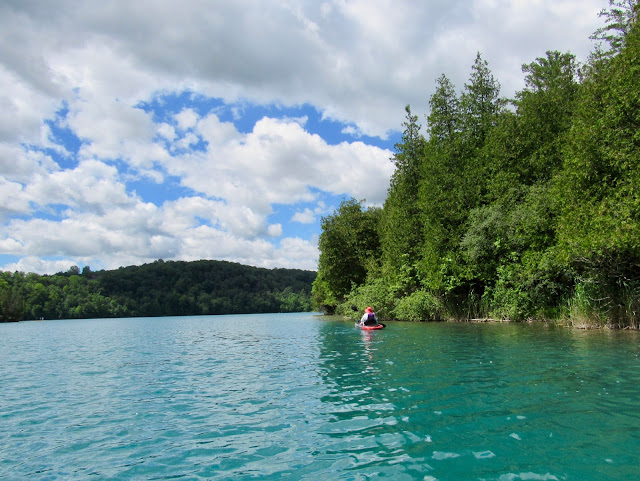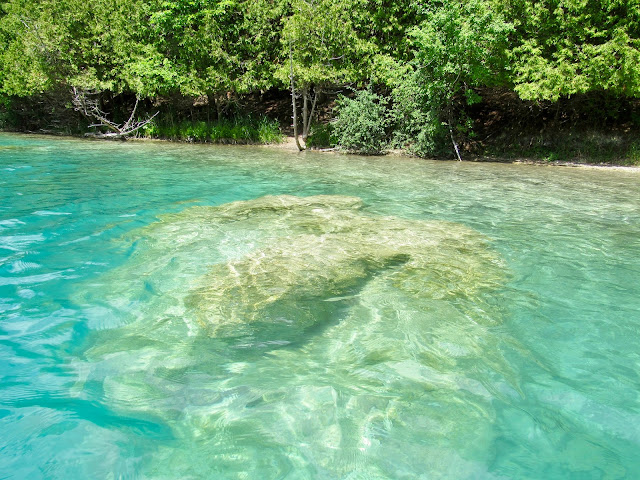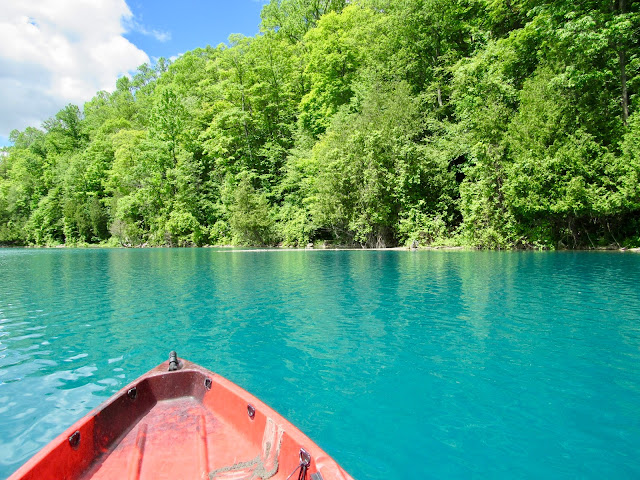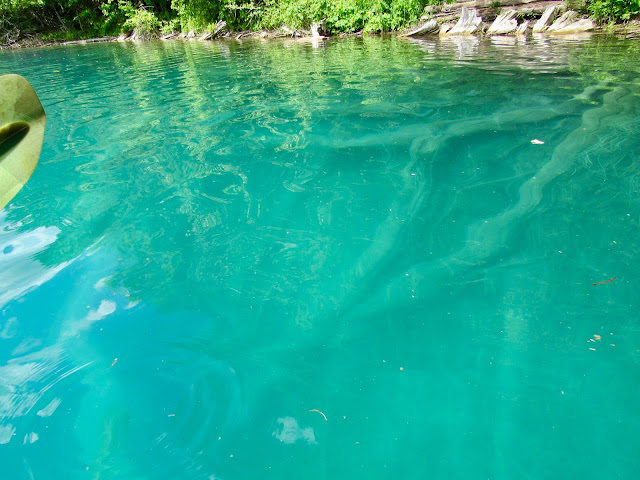Our goal was to paddle some of the "lost ponds" and lakes for which our lightweight Hornbeck boats are made in the Adirondacks. Our first stop was at Limekiln Lake. This is my site next to the water.
Indian Paintbrush grows in the campground.
Tina's "Lark" is learning to swim. He's looking at Tina for reassurance.
There's a hiking trail that leads to a beaver pond and swamp below the lake.
And rooty...
Well no wonder! I'm sure it's much easier going on skis in the winter time.
Marshy area
Beaver pond
Beaver dam
I don't know what kind of flower this is.
But bees like them.
Lichen camouflage
Wildlife on the trail...red-tailed squirrel?
There was a lot of watchable activity from my site too.
Early morning fog and rain.
Merganser with chicks.
The rain let up....time to get the kayak out.
Cloud reflections
Mergansers and Mallard ducks.
Tina's getting ready to put her kayak in too.
Checking out a narrow cove.
A little rain will not deter us.
Tina opted to use her Sea Eagle.
Tina made an awesome discovery here.
A nesting loon! Used my zoom lens for this and we did not disturb her.
Birdie joined us on the water.
We counted eight merganser babies.
Later we had a visitor! RVing friend Carol came to visit us at the campground.
Another hike on the nature trail.
Lady Slipper
The trail was a bit wet after the rain!
Looney Loon
More kayak pictures. The water was a little choppy.
Back at my launch site...








































































































